
How to Use SCHNEIDER CIRCUIT BREAKER 60A: Examples, Pinouts, and Specs
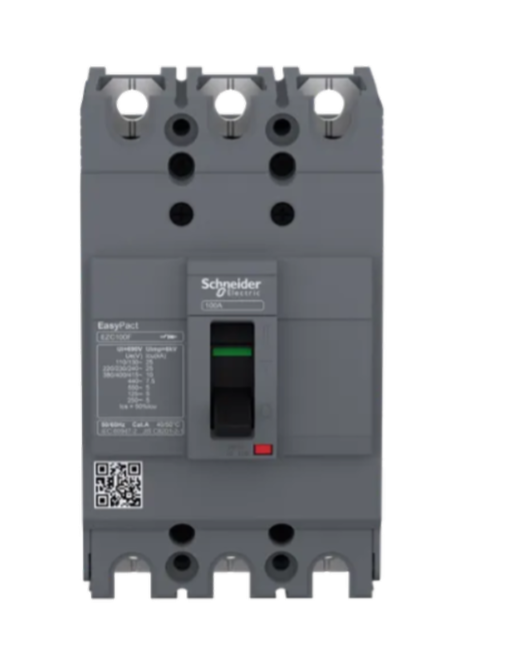
 Design with SCHNEIDER CIRCUIT BREAKER 60A in Cirkit Designer
Design with SCHNEIDER CIRCUIT BREAKER 60A in Cirkit DesignerIntroduction
The Schneider Electric Circuit Breaker (Part ID: EZC100F3060) is a high-quality, reliable device designed to protect electrical circuits from overloads and short circuits. Rated for 60 amps, this circuit breaker ensures the safety and longevity of electrical systems by automatically interrupting the flow of electricity when abnormal conditions are detected. It is widely used in residential, commercial, and industrial applications.
Explore Projects Built with SCHNEIDER CIRCUIT BREAKER 60A
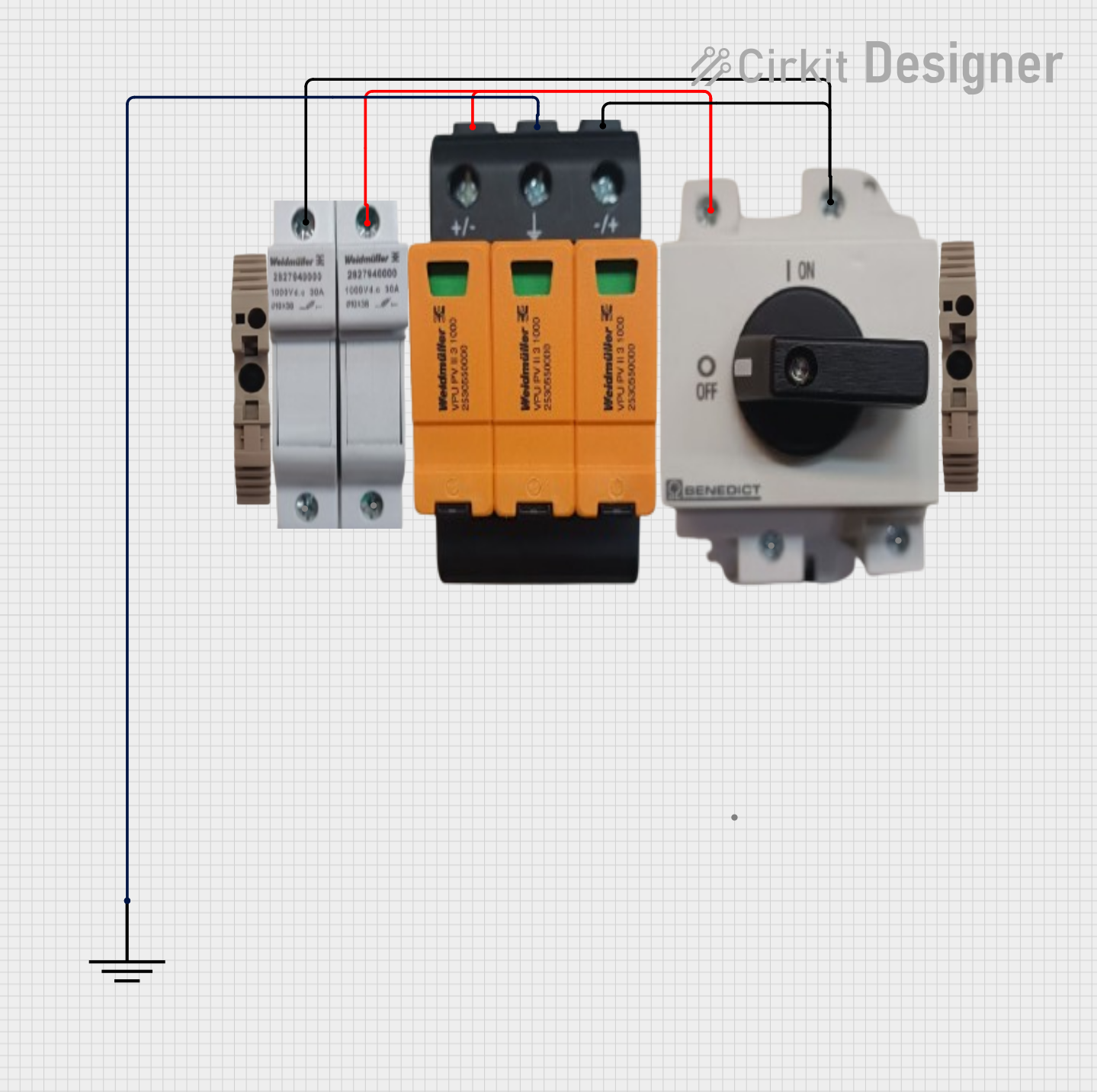
 Open Project in Cirkit Designer
Open Project in Cirkit Designer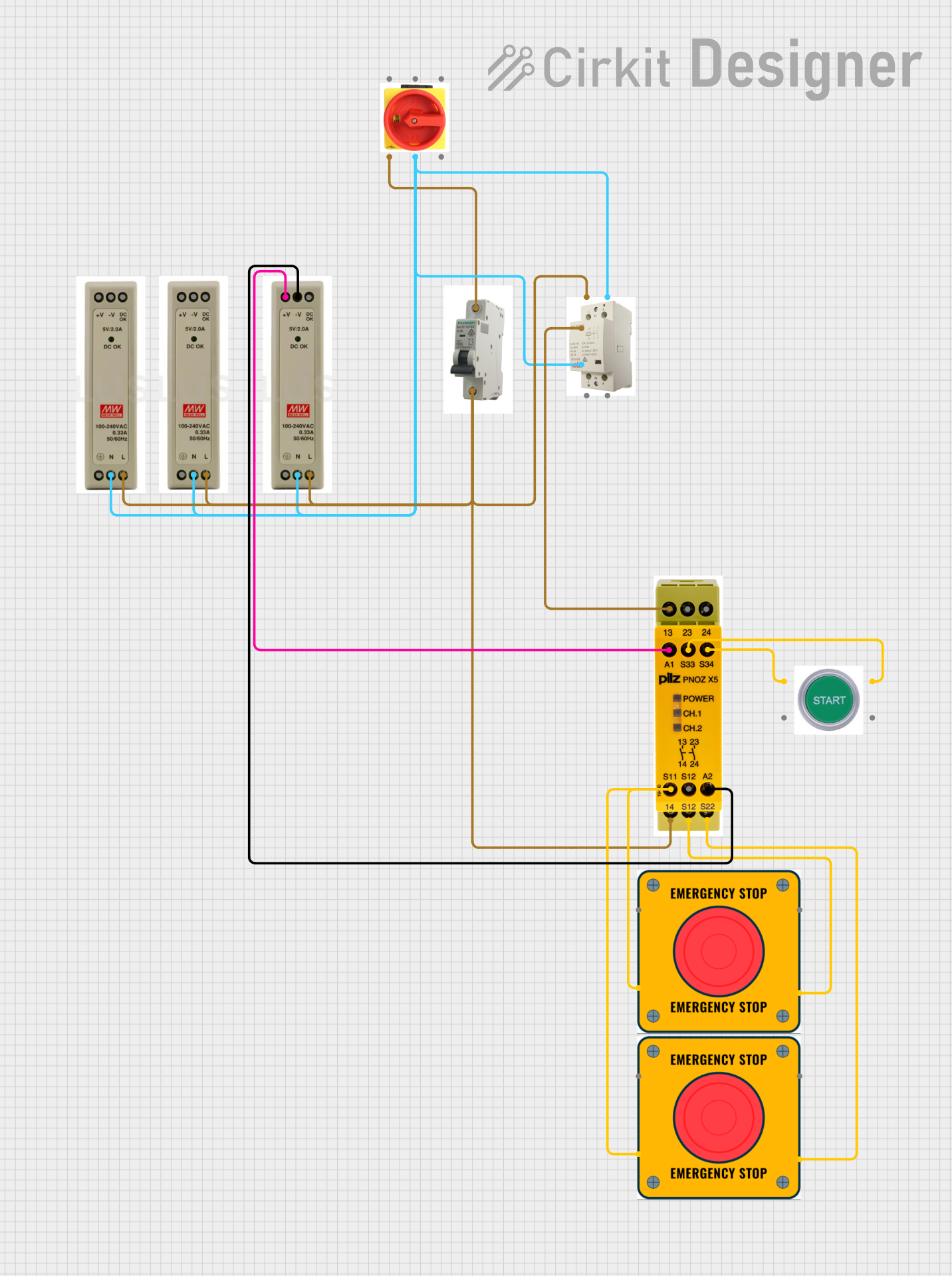
 Open Project in Cirkit Designer
Open Project in Cirkit Designer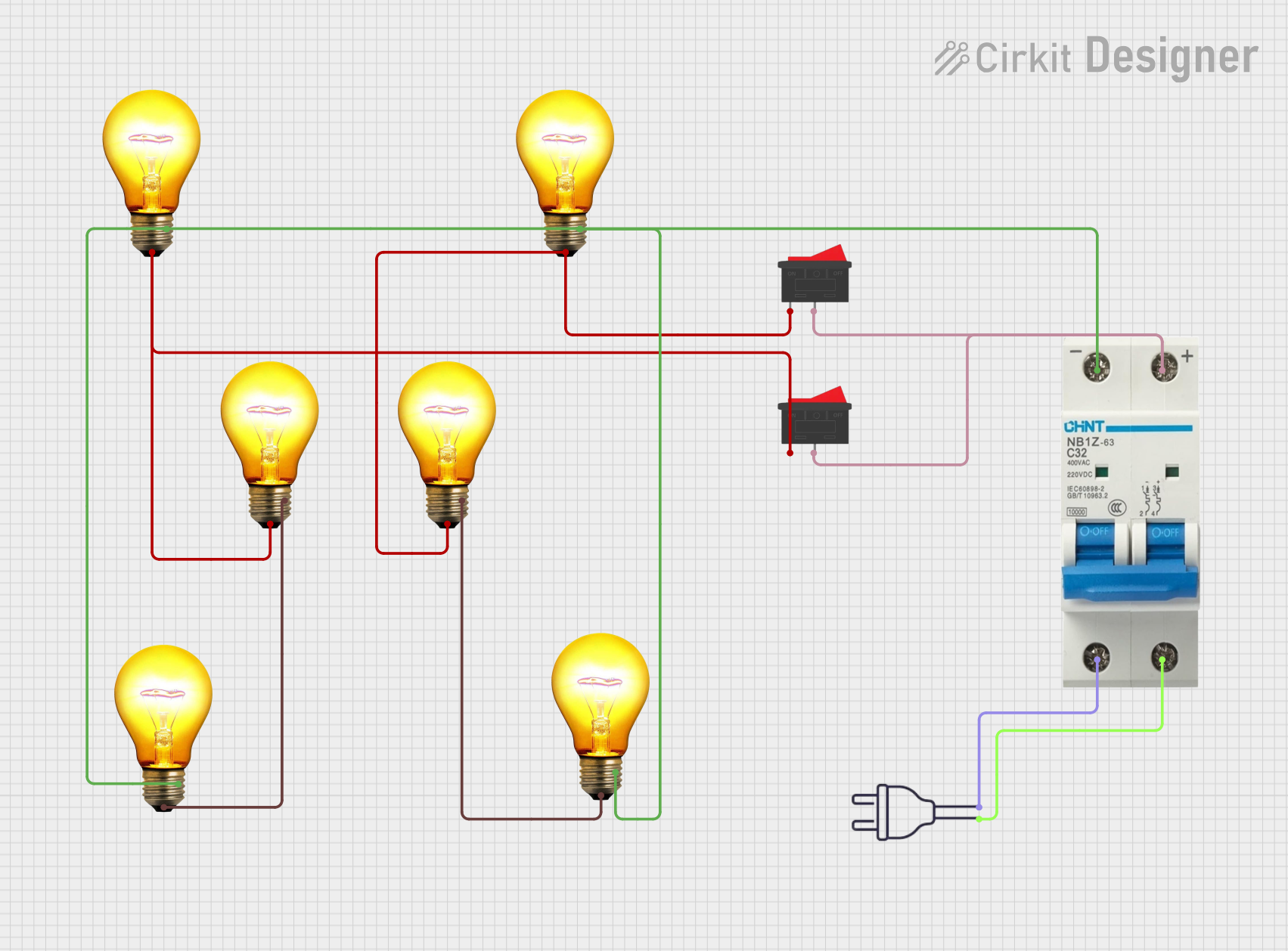
 Open Project in Cirkit Designer
Open Project in Cirkit Designer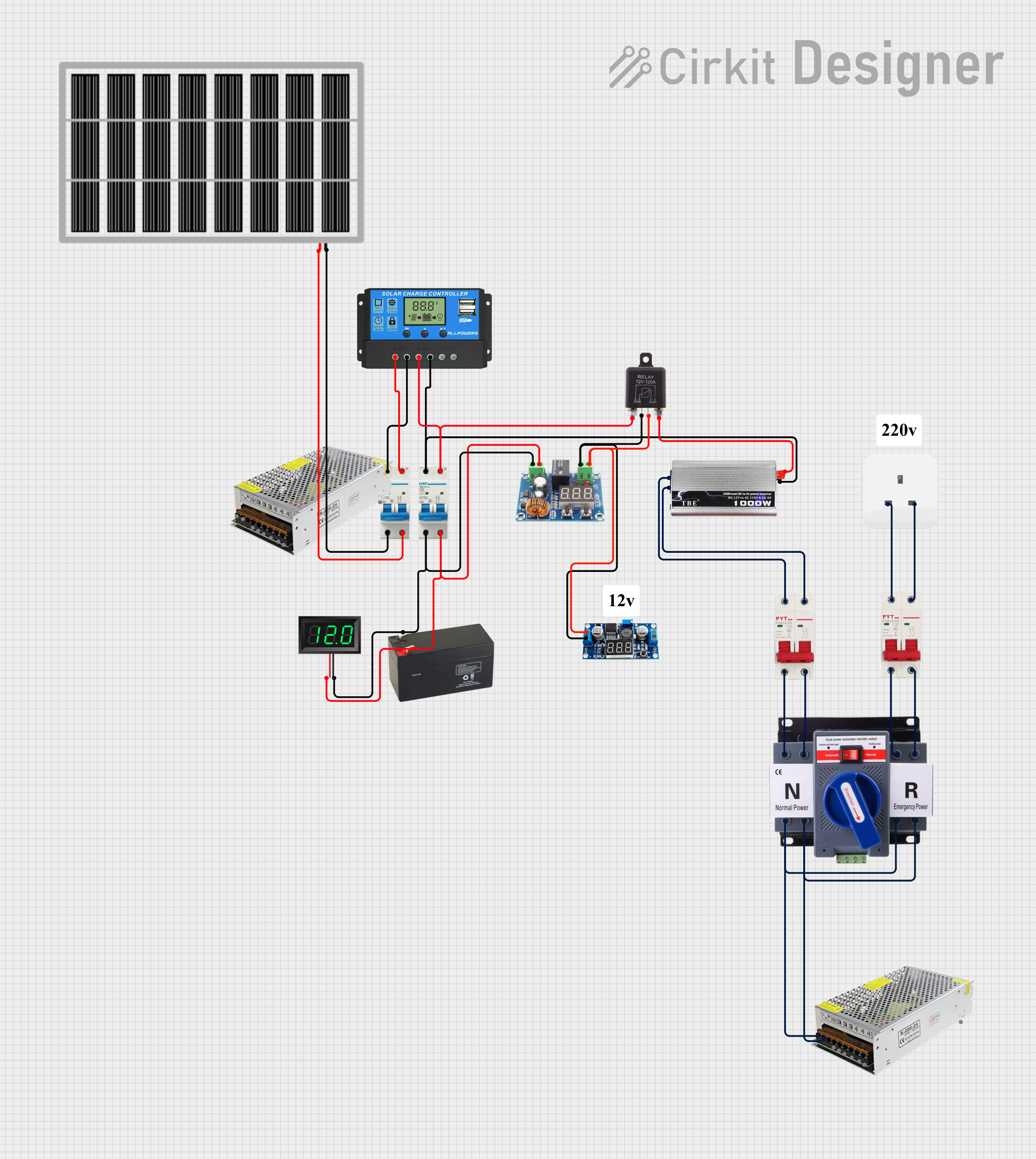
 Open Project in Cirkit Designer
Open Project in Cirkit DesignerExplore Projects Built with SCHNEIDER CIRCUIT BREAKER 60A

 Open Project in Cirkit Designer
Open Project in Cirkit Designer
 Open Project in Cirkit Designer
Open Project in Cirkit Designer
 Open Project in Cirkit Designer
Open Project in Cirkit Designer
 Open Project in Cirkit Designer
Open Project in Cirkit DesignerCommon Applications and Use Cases
- Protection of electrical circuits in homes, offices, and industrial facilities.
- Prevention of damage to electrical equipment caused by overcurrent or short circuits.
- Use in distribution panels, motor control centers, and switchboards.
- Suitable for both single-phase and three-phase systems.
Technical Specifications
Below are the key technical details and pin configuration for the Schneider Circuit Breaker EZC100F3060:
Key Technical Details
| Parameter | Value |
|---|---|
| Manufacturer | Schneider Electric |
| Part ID | EZC100F3060 |
| Rated Current | 60A |
| Rated Voltage | 240/415V AC |
| Breaking Capacity | 10 kA at 415V AC |
| Number of Poles | 3 |
| Frequency | 50/60 Hz |
| Operating Temperature | -25°C to +70°C |
| Mounting Type | DIN rail or panel-mounted |
| Standards Compliance | IEC 60947-2 |
Pin Configuration and Descriptions
The circuit breaker has three main terminals for input and output connections. Below is the pin configuration:
| Terminal Name | Description |
|---|---|
| L1 (Input) | Line 1 input terminal for phase 1 |
| L2 (Input) | Line 2 input terminal for phase 2 |
| L3 (Input) | Line 3 input terminal for phase 3 |
| T1 (Output) | Line 1 output terminal for phase 1 |
| T2 (Output) | Line 2 output terminal for phase 2 |
| T3 (Output) | Line 3 output terminal for phase 3 |
Usage Instructions
How to Use the Component in a Circuit
Mounting the Circuit Breaker:
- Secure the circuit breaker onto a DIN rail or panel using the provided mounting brackets.
- Ensure the breaker is firmly attached to prevent vibrations or loose connections.
Wiring:
- Connect the input terminals (L1, L2, L3) to the power source.
- Connect the output terminals (T1, T2, T3) to the load or downstream circuit.
- Use appropriately rated wires and ensure all connections are tight to avoid overheating.
Operation:
- Switch the breaker to the "ON" position to allow current flow.
- In case of an overload or short circuit, the breaker will trip to the "OFF" position automatically.
Resetting the Breaker:
- After resolving the fault, switch the breaker to the "OFF" position and then back to the "ON" position to reset it.
Important Considerations and Best Practices
- Always ensure the circuit breaker is rated for the specific current and voltage of your application.
- Regularly inspect the breaker for signs of wear, damage, or overheating.
- Do not exceed the rated current (60A) to avoid nuisance tripping or damage.
- Ensure proper grounding of the electrical system for safety.
- For three-phase systems, ensure the phases are correctly connected to avoid imbalances.
Arduino UNO Integration
While circuit breakers are not typically controlled by microcontrollers like the Arduino UNO, they can be monitored using current sensors. Below is an example of how to monitor the current flowing through the circuit breaker using an ACS712 current sensor and an Arduino UNO:
// Include necessary libraries
const int sensorPin = A0; // Connect ACS712 output to Arduino analog pin A0
float sensitivity = 0.185; // Sensitivity for ACS712 30A module (in V/A)
float voltageOffset = 2.5; // Voltage at zero current (in volts)
void setup() {
Serial.begin(9600); // Initialize serial communication
}
void loop() {
int sensorValue = analogRead(sensorPin); // Read analog value from sensor
float voltage = (sensorValue / 1023.0) * 5.0; // Convert to voltage
float current = (voltage - voltageOffset) / sensitivity; // Calculate current
// Print current to the serial monitor
Serial.print("Current: ");
Serial.print(current);
Serial.println(" A");
delay(1000); // Wait for 1 second before next reading
}
Note: The above code is for monitoring purposes only and does not control the circuit breaker.
Troubleshooting and FAQs
Common Issues and Solutions
| Issue | Possible Cause | Solution |
|---|---|---|
| Breaker trips frequently | Overload or short circuit in the system | Check the load and wiring for faults |
| Breaker does not reset | Persistent fault in the circuit | Inspect and resolve the fault |
| Overheating of terminals | Loose connections or undersized wires | Tighten connections and use proper wires |
| Breaker does not trip during fault | Faulty breaker or incorrect rating | Replace the breaker with a proper one |
FAQs
Can this breaker be used for DC circuits?
- No, the EZC100F3060 is designed for AC circuits only.
What is the breaking capacity of this breaker?
- The breaking capacity is 10 kA at 415V AC.
How do I know if the breaker is faulty?
- If the breaker does not trip during a fault or cannot be reset, it may be faulty and should be replaced.
Can I use this breaker in outdoor installations?
- This breaker is not weatherproof. Use it in a protected enclosure for outdoor applications.
By following this documentation, users can safely and effectively use the Schneider Circuit Breaker EZC100F3060 in their electrical systems.